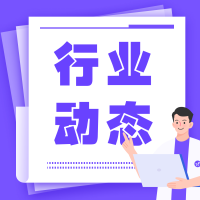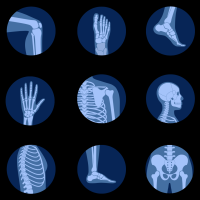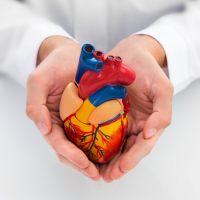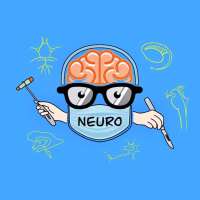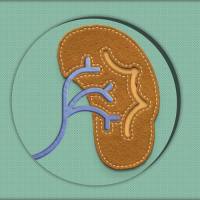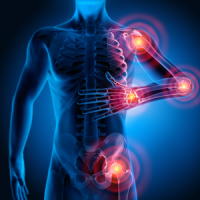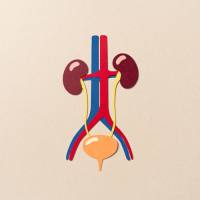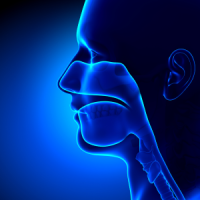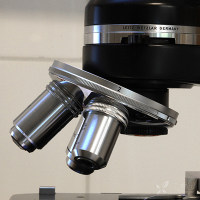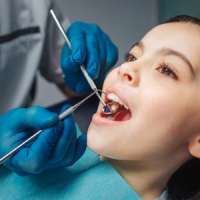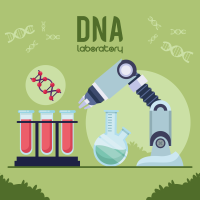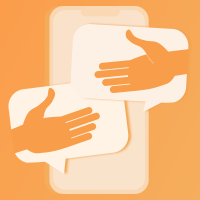account for怎么翻译?
A basic distinction between the modes of SCS is whether or not SCS elicits a paresthesia (tingling sensation).Conventional SCS produces a paresthesia over the painful area (Fig. 24.2). Recently, there have been advances in paresthesia- based stimulation algorithms that account for the individual’s spinal anatomy in relation to the SCS electrodes, known as three-dimensional neural targeting.Another paresthesia- based method – dorsal root ganglion (DRG) stimulation – can provide more targeted pain relief for difficult- to-treat areas. The recent introduction of paresthesia- free or subparesthetic SCS therapy (i.e., systems that produce no or less paresthesia) has provided an important advance in this field. With these systems, namely, high- frequency SCS (HFSCS) and burst stimulation, the patient should experience little or no additional sensation [29].

1.that account for the individual’s spinal anatomy in relation to the SCS electrodes从句是advances的同位语从句吗?
2.account for怎么翻译?是否可以直接翻译成“改进”
脊髓电刺激模式有两种,这两种模式的根本区别在于是否诱发异感(刺痛感)。传统脊髓电刺激在疼痛区域引发异感(图24.2)。目前,基于异感的神经电刺激主要进展有:一是三维神经靶向技术,其改进了脊髓电刺激电极在脊髓上的放置;二是背根神经节电刺激——可为难治部位提供靶向性更强的疼痛治疗。脊髓电刺激疗法的另一项重要进展是患者可能只有一点点或完全没有异常感觉,即不产生或产生较轻感觉异常的刺激系统,包括高频脊髓电刺激和爆发脊髓电刺激[29]。


